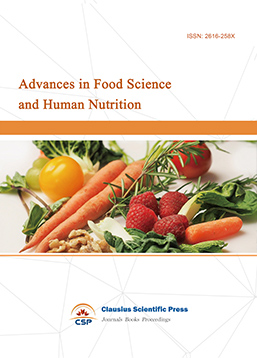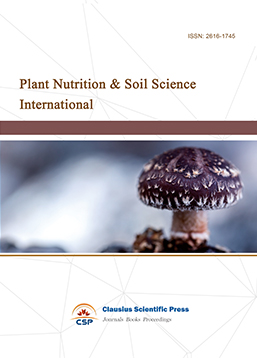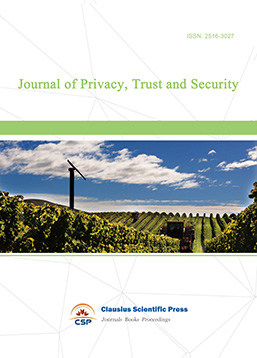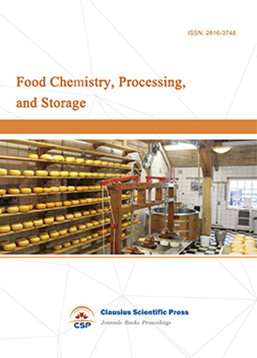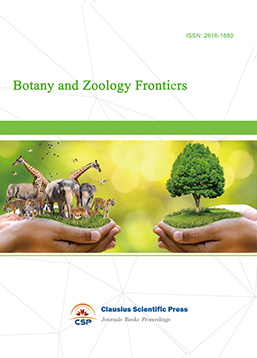The Benefits of Cultivating Quinoa and the Loss of Genetic Biodiversity
DOI: 10.23977/jmcs.2022.010101 | Downloads: 16 | Views: 1584
Author(s)
Xiaoteng Liu 1
Affiliation(s)
1 Shuifa (Shandong) Environmental Engineering Co., Ltd, Jinan, Shandong, 250000, China
Corresponding Author
Xiaoteng LiuABSTRACT
Climate change has brought serious problems which include soil salinity and drought .This poses a threat to crop productivity. More and more people have been aware of the value of planting quinoa. Meanwhile, the protection of quinoa biodiversity should be valued.
KEYWORDS
Cultivating quinoa, Sustainability for food, Quinoa biodiversityCITE THIS PAPER
Xiaoteng Liu, The Benefits of Cultivating Quinoa and the Loss of Genetic Biodiversity. Journal of Modern Crop Science (2022) Vol. 1: 1-3. DOI: http://dx.doi.org/10.23977/jmcs.2022.010101.
REFERENCES
[1] Ruiz K.B. ,Stefania Biondi, Rómulo Oses ,Ian S. Acuña-Rodríguez , Fabiana Antognoni,Enrique A. Martinez-Mosqueira,…Marco A. Molina-Montenegro(2013).Quinoa biodiversity and sustainability for food security under climate change. A review. INRA and Springer-Verlag France 2013,350.
[2] Jacobsen S.E.(2011), The situation for quinoa and its production in sourhern Bolivia: from economic success to environmental disaster. Journal of agronomy and crop science
[3] Jacobsen S.E., Sorensen M., Pedersen S.M., Weiner J. Feeding the world: genetically modified crops versus agricultural biodiversity (2013). INRA and Springer-Verlag France 2013
[4] Fuentes F.F, Bazile D., Bhargava A., Martinez E.A.(2012) Implications of faremers’ seed exchanges for on-farm conservation of quinoa ,as revealed by its genetic diversity in Chile, Journal of agricultural science,
[5] Lavini, A. C. Pulvento, R. d’Andria, M. Riccardi, R. Choukr-Allah, O. Belhabib,…S.-E. Jacobsen(2014). Quinoa’s Potential in the Mediterranean Region, Journal of Agronomy and Crop Science,200,344-360
| Downloads: | 277 |
|---|---|
| Visits: | 15646 |

 Download as PDF
Download as PDF